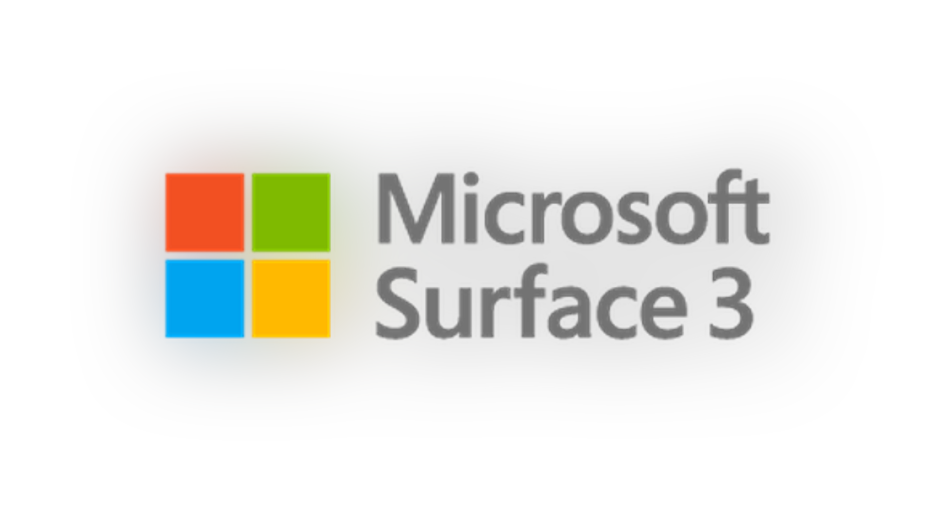Microsoft Corporation to Halt Surface 3 Production in December

Image credit: Microsoft.
ZDNet's Mary Jo Foley reports that Microsoft will stop producing its Surface 3 tablet in December. The Surface 3 was introduced in May of 2015 as a replacement for the Windows RT-based Surface 2. The main "claim to fame" for this particular device is that it packs an Intel Atom processor, which allows it to run a full-fledged copy of Windows as well as the many applications that run on full Windows.
"What no one from Microsoft is saying officially is whether Microsoft plans to introduce successors to either the Surface 3 or band 2 devices either some time this year or next," Foley writes.
Will Microsoft put out a successor to the Surface 3? Let's take a closer look.
It'll come down to how Surface 3 did
It's no secret that the original Surface RT and the Surface 2 (based on Windows RT) didn't fare well in the marketplace. These tablets used a version of the Windows operating system aimed specifically at the ARM architecture. This meant that these devices could not run the vast library of applications designed for traditional Windows PCs, as those require Intel x86-compatible processors.
The Surface 3 remedied this arguably fatal flaw by using the aforementioned Intel Atom processor.
It may seem obvious, but whether we see a next generation vanilla Surface product will come down to how Surface 3 did in the marketplace. If Surface 3 was a big hit, then Microsoft owes it to its shareholders to put out a successor. However, if after adding an Intel processor the Surface 3 still sold poorly, then it would be very difficult for the decision makers at Microsoft to justify yet another iteration of the product.
So, did the Surface 3 do well?
Microsoft doesn't release sales figures for each of its Surface products, but I don't think that Surface 3 did all that well in the marketplace. The main appeal of the Surface line of products seems to be that they essentially provide the performance and battery life of high-end Ultrabooks, while still providing uniquely tablet-like functionality (pen input, touch input, and increased portability).
The Surface 3 has computational power that's more in-line with cheap, relatively low-quality notebook PCs. That level of performance is fine for low-cost systems, but for a system that's being sold at $500-and-up and marketed as a productivity device, the Atom chip may simply have not been enough.
As a result, I suspect that many customers were more inclined to spend a little extra to get a Surface Pro or went with lower-cost Atom-based alternatives from various PC vendors.
Let the traditional PC makers handle this one
For a company of Microsoft's size and profitability, I doubt that the Surface lineup of products matter all that much to its financials. I see Surface as more of a niche halo product that helps to promote Microsoft's brand rather than a product that's intended to help Microsoft make a lot more money.
Viewed from this perspective, the high-end Surface Pro and Surface Book products are worth keeping around. The vanilla Surface, though, likely doesn't really add much to that. I'd imagine that it's too slow to be a true productivity device and as a tablet-first sort of product, anything running the Windows operating system is going to be hampered by a weak ecosystem of touch-based applications.
The vanilla Surface product line is just awkwardly positioned and I wouldn't be surprised if the Surface 3 were the last of its lineage.
The article Microsoft Corporation to Halt Surface 3 Production in December originally appeared on Fool.com.
Ashraf Eassa owns shares of Intel. The Motley Fool owns shares of Microsoft. The Motley Fool recommends Intel. Try any of our Foolish newsletter services free for 30 days. We Fools may not all hold the same opinions, but we all believe that considering a diverse range of insights makes us better investors. The Motley Fool has a disclosure policy.
Copyright 1995 - 2016 The Motley Fool, LLC. All rights reserved. The Motley Fool has a disclosure policy.



















